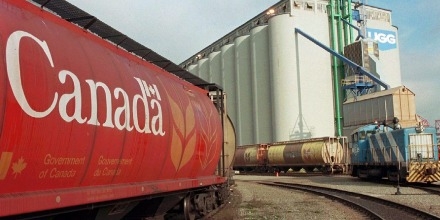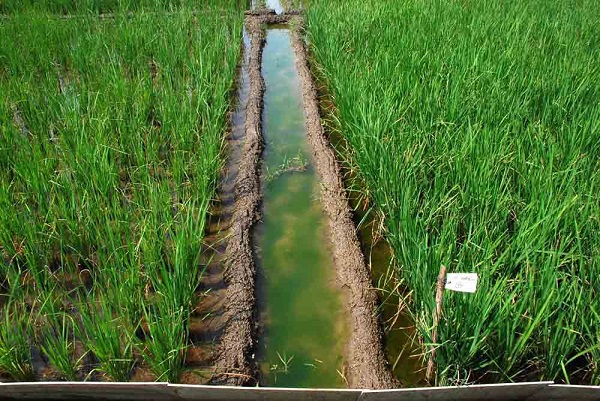Fertilizer prices are increasing as spring approaches. However, a large price drop is anticipated after seeding.
Matthew Krutzfeld, Senior Fertilizer Merchant with Federated Co-op was a speaker at the Cropportunities 2024 event held Thursday in Swift Current. Krutzfeld told Kevin Hursh, Chief Agricultural Editor of SaskAgToday.com, prices vary from one retail to the next depending upon their situation, but both nitrogen in the form of urea and MAP, monoammonium phosphate have both moved higher in recent weeks.
“I would call the urea market $800 to $825 – up $60 in the last month, month and a half and MAP prices fairly stable through the New Year, they haven’t moved up too much but we’re probably getting into that $1100 to $1125 per ton on MAP in Western Canada.” Krutzfeld said.
As is often the case, Krutzfeld expects urea prices to drop after seeding is complete. He says the urea market is “very liquid”, often influenced by global activities, such as China announcing its return to the export market this month and the incoming increase in supply will put pressure on global urea prices.
“So we’ll see a good reset on urea prices back down to where we were this past summer, maybe even a bit lower,” he said.
The same trend is expected for phosphate — two big factors being China, as mentioned earlier, and “counter-vailing duties in the U.S. that were put in place by Mosaic and Nutrien to try and keep imports out of the U.S. market for competitive reasons and affordability reasons” according to Krutzfeld, adding “those have been drastically reduced, so we should see almost zero duties…so that will help re-balance the inventory to North America and we should see prices come down again into that $800 to $900 a tonne range in the summer.”
Counter-vailing duties, also known as anti-subsidy duties, are “import duties imposed under World Trade Organization (WTO) rules and aimed to neutralise the negative effects of subsidies,” according to the European Commission.
With prices expected to drop, retailers will want to run inventory down to low levels. Krutzfeld says MAP is the one that could get tight for supply by the end of seeding, since all those tonnes are imported into Western Canada and we don’t have domestic manufacturers.
“Unique to Western Canada, compared to North America, is the amount of on-farm storage — we have a pretty high percentage of storage for fertilizer so if you do have the ability to take some blends home or fertilizer home, have good conversations with your retail, make sure they know your plans…are in line with what they’re thinking.”
(Kevin Hursh contributed to this report)



